How to read your glasses prescription
When buying Ace & Tate glasses, you must fill in your current prescription (no older than two years) in a chart during check-out. Don’t worry — entering your prescription is super easy.


Your prescription in a nutshell
You will see numbers listed under OS (left eye) and OD (right eye) in your eye prescription. In general, the higher the number — the poorer your eyesight. A “plus” (+) sign in front of the number means you are long-sighted, and a “minus” (-) sign means you are short-sighted. These numbers represent the diopters you will need for your lens.
This is our prescription chart
You have to fill in your prescription manually when buying prescription glasses — unless you've already stored your prescription in your Ace & Tate account.
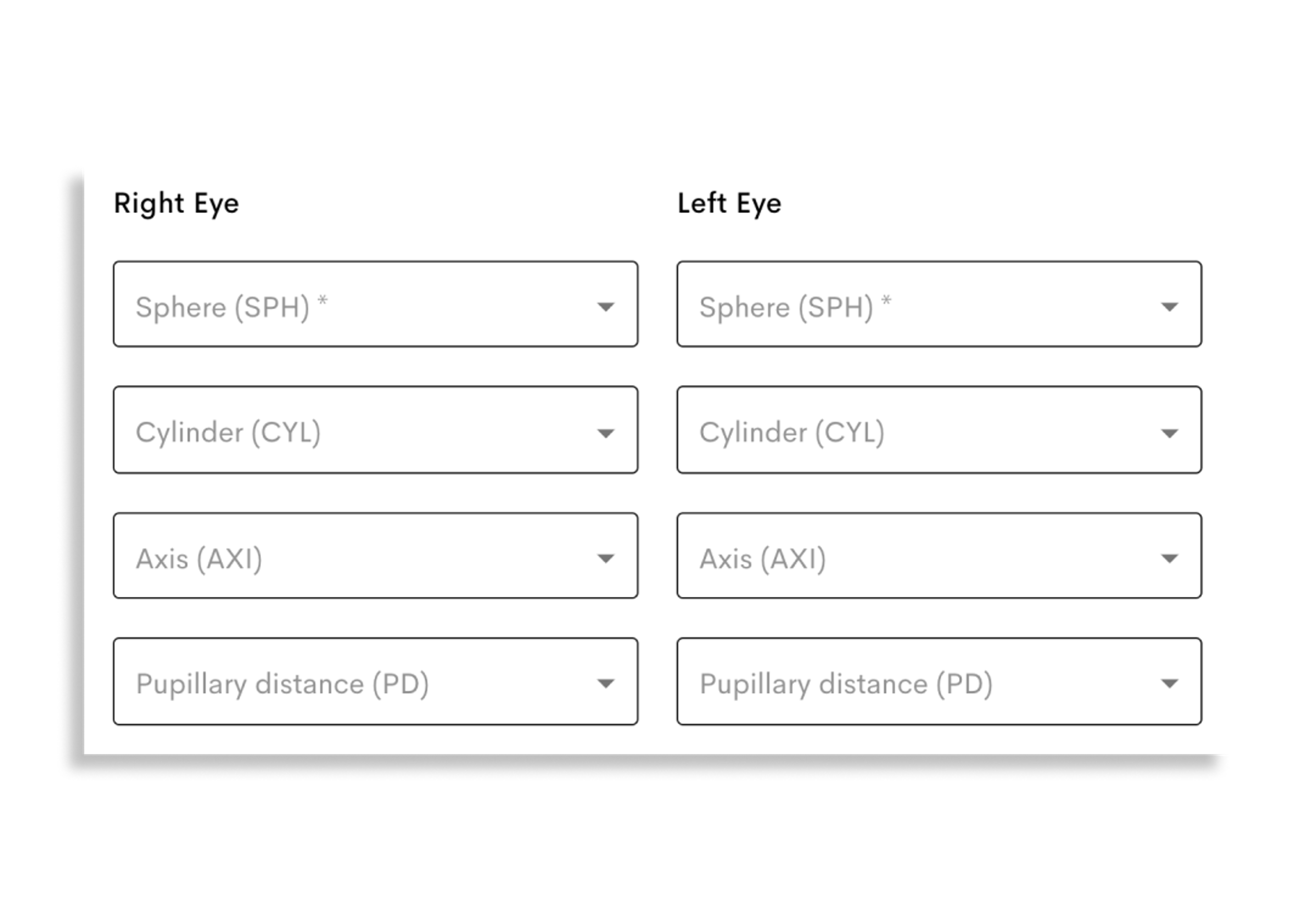
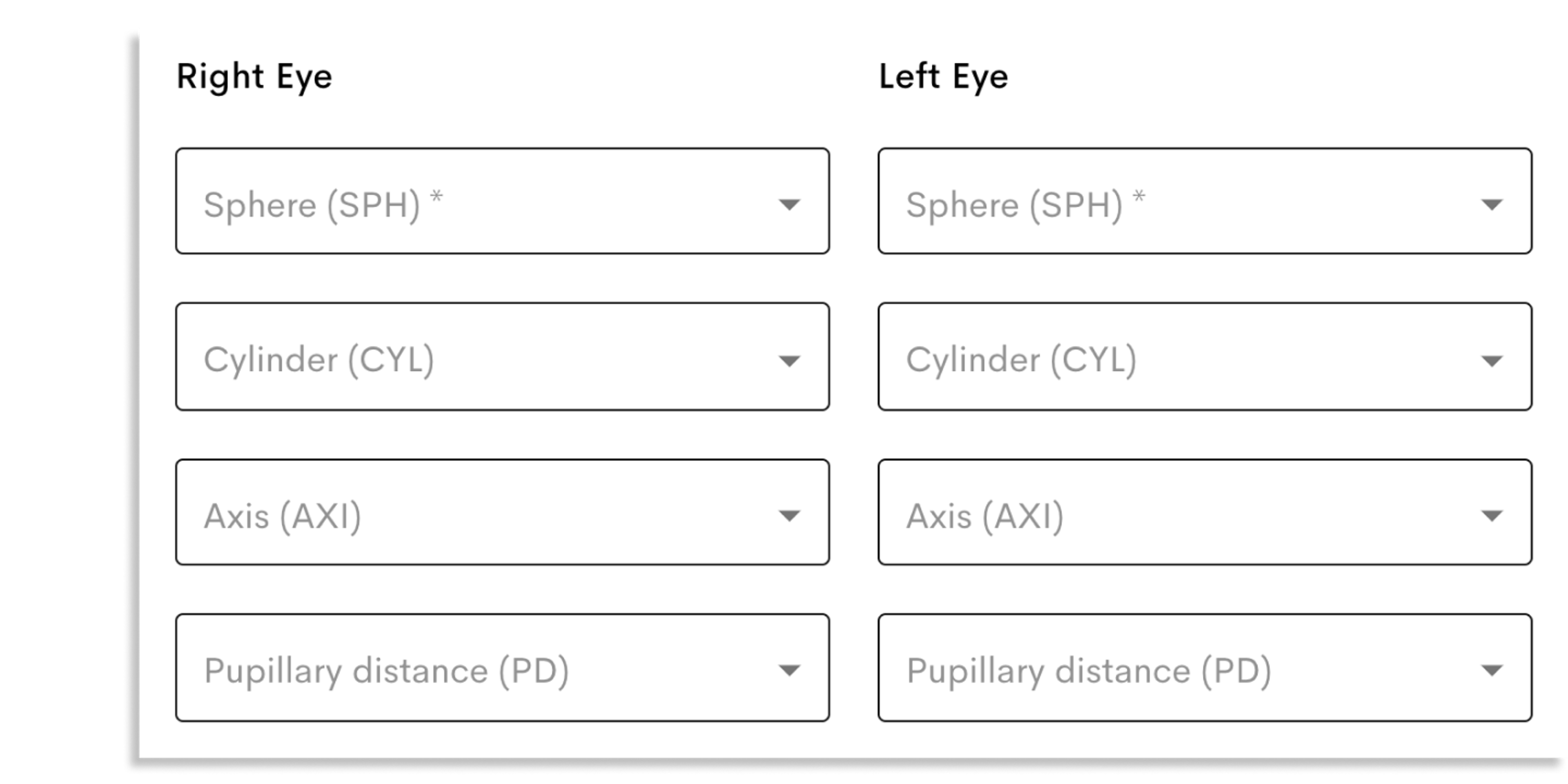
The SPH value (sphere) indicates your nearsightedness and/or farsightedness.
The CYL and AXI values (cylinder & axis) indicate Astigmatism. CYL indicates the lens power needed to correct it, and AXI indicates the curvature of your cornea.
The PD value (Pupillary Distance) measures the distance between your pupils, and ensures the centre of the lens is in the right place.
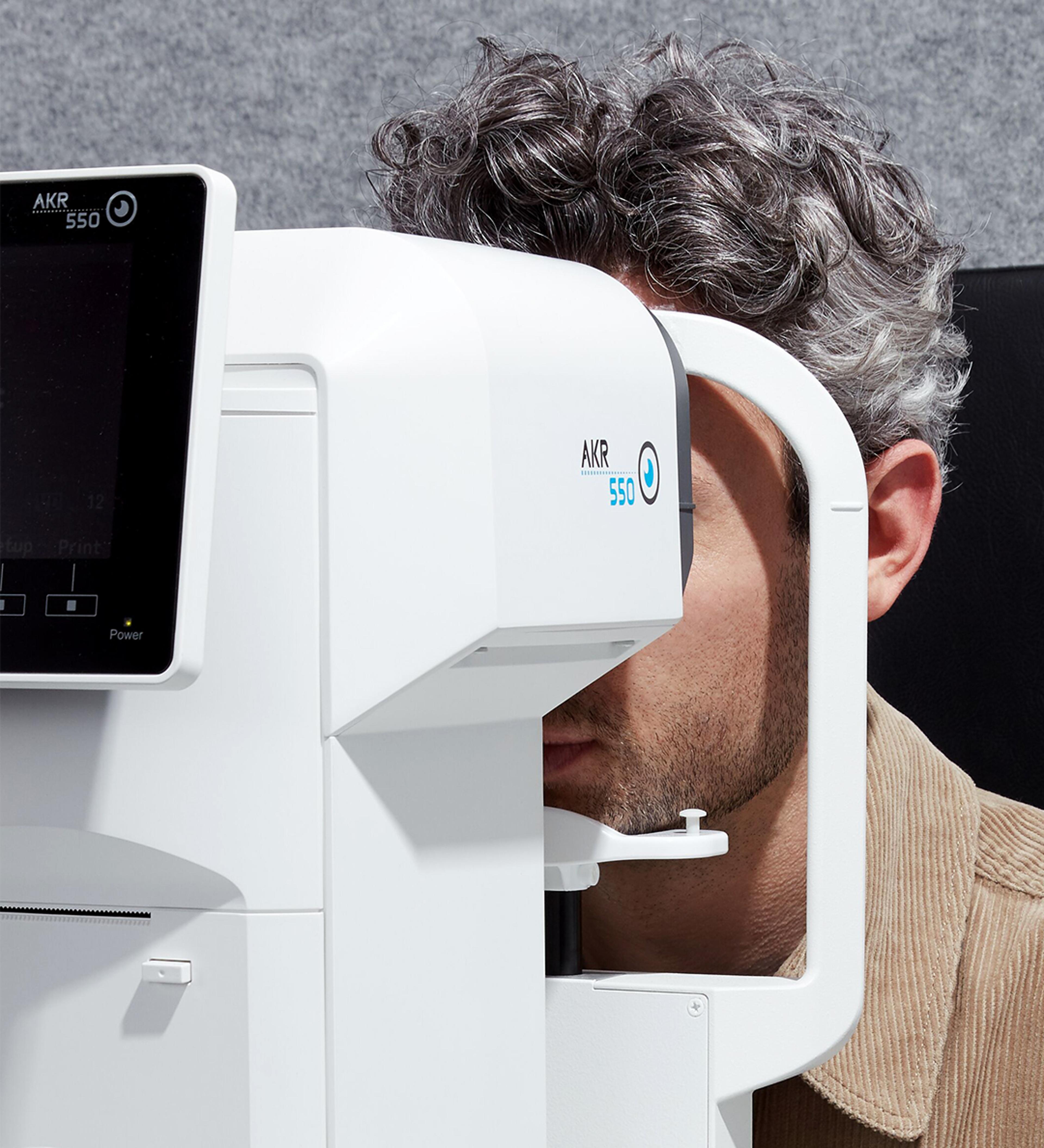
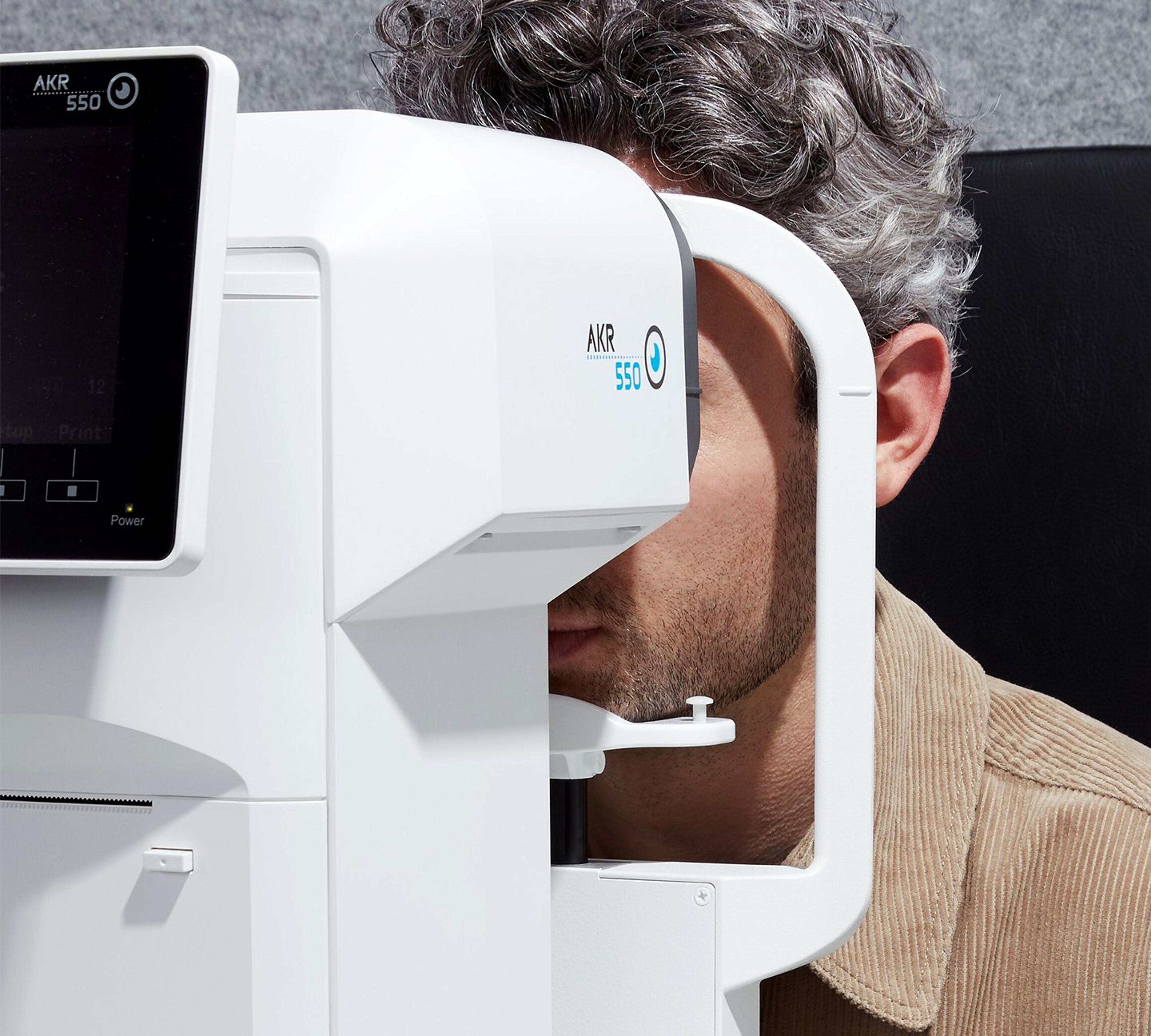
When it doubt, book a free eye test
It’s vital to have all the correct information when ordering prescription glasses — when in doubt, book an eye test. Prescriptions usually expire after two years, so an eye examination is a good idea if it's been a while. Luckily, we offer eye tests for free.
We add your prescription values to your Ace & Tate account, so you can always conveniently access it — and you won't have to fill it in manually.
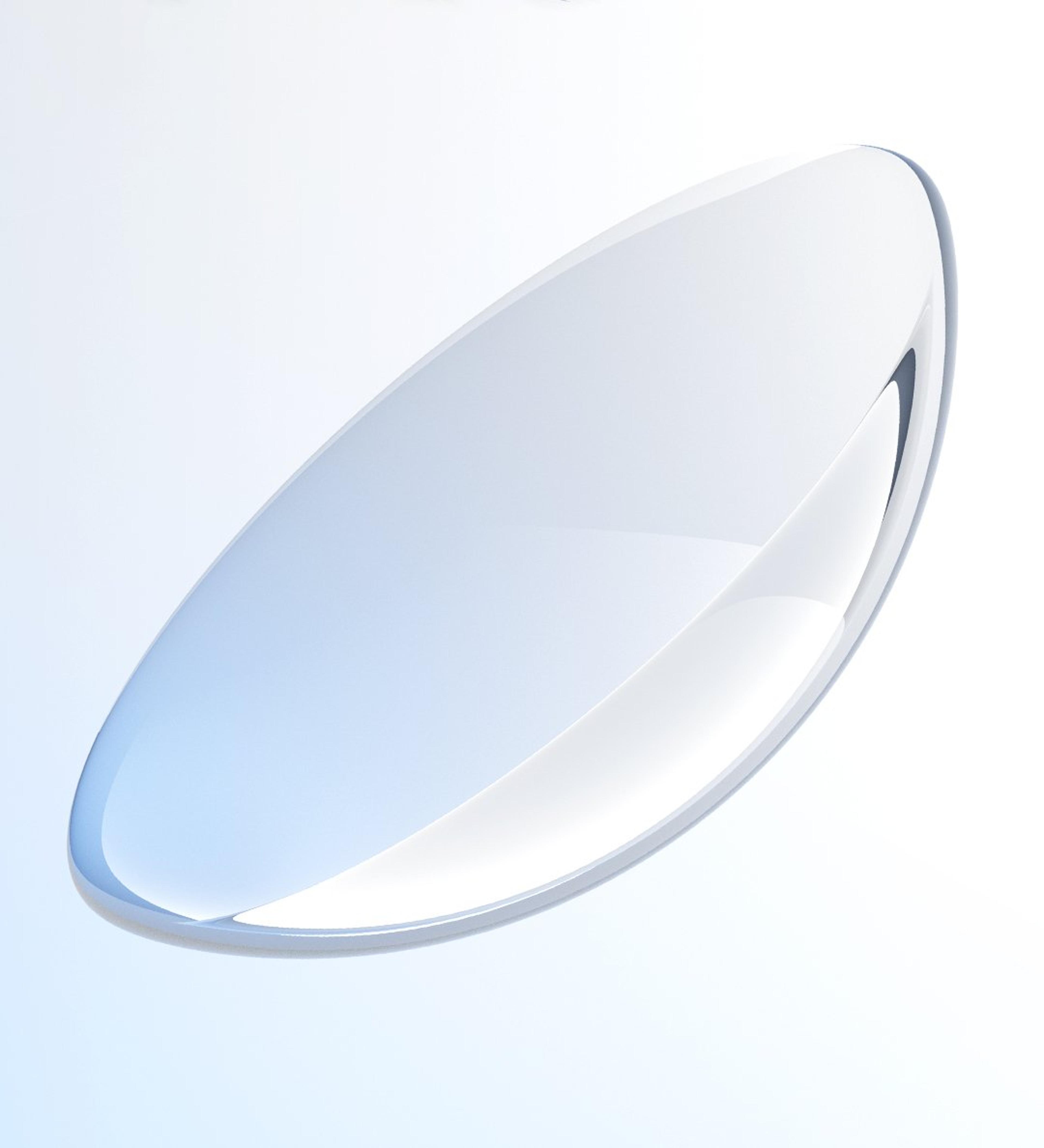
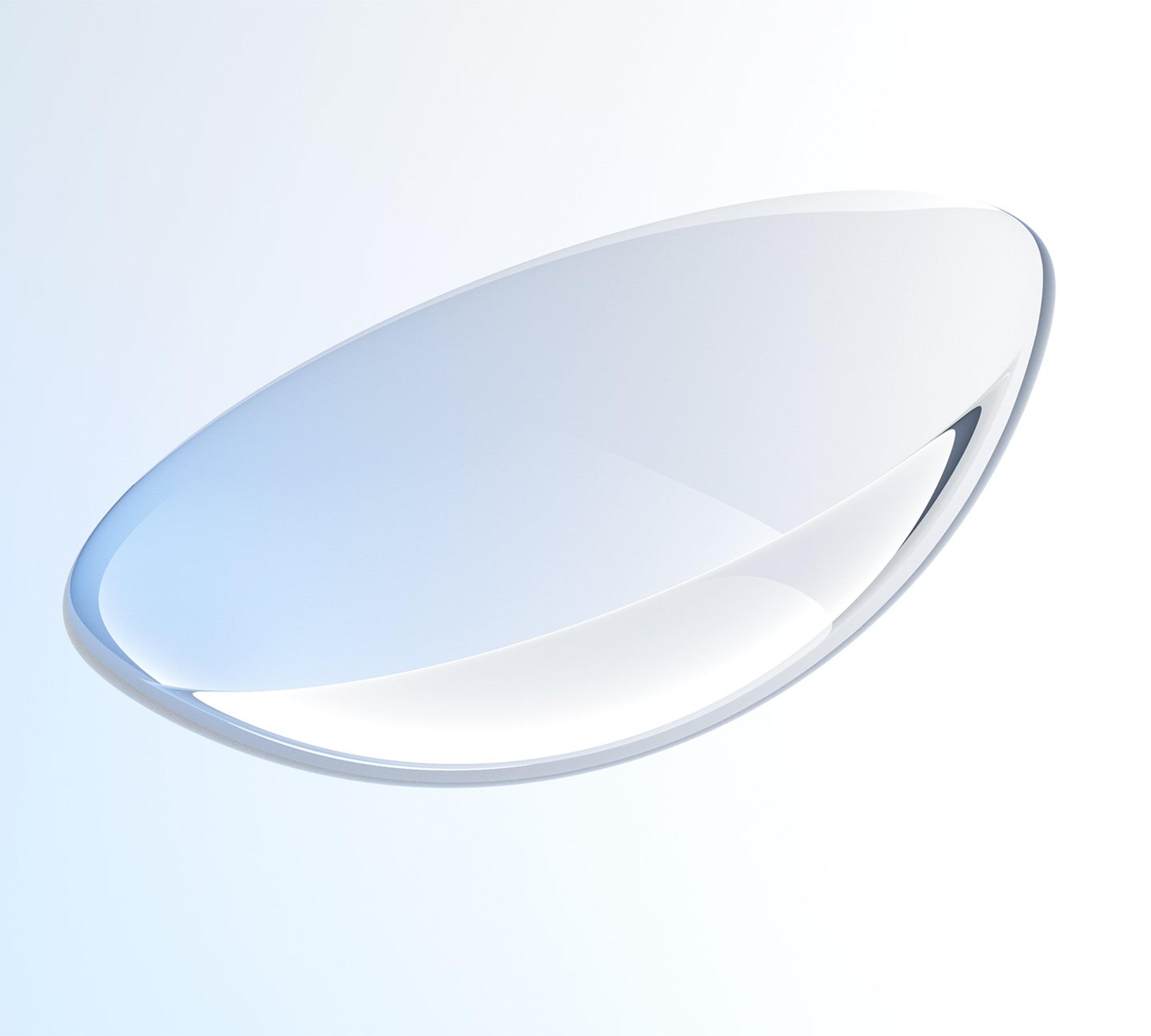
Contact lens prescription
Contact lens prescriptions look a lot like glasses prescriptions. But there is a crucial difference.
Glasses lenses are further away from your eye than contact lenses — which sit directly on your eyeball. Your contact lens prescription contains two additional numbers called the ‘base curve’ and ‘diameter’, which determine the fit of your contact lens. Therefore, your spectacle prescription varies from your contact lenses prescription — you cannot use one for the other.
Digging deeper
Now you know the different values in your glasses prescription. Read more to find out what might go on with your eyes.

Myopia
People with Myopia are short-sighted and struggle to see things from afar. It occurs when the eyeball is too long, causing light rays to focus at one point in front of the retina rather than directly on the surface.

Hyperopia
People with Hyperopia are longsighted and struggle to see things close by. It occurs when the eyeball is too short, and the cornea isn't curved enough. That causes light rays to focus behind the retina rather than on the surface. Reading glasses can be a good option if you have Hyperopia.

Astigmatism
People with Astigmatism can be near- or farsighted. It occurs when the cornea or the lens inside the eye has mismatched curves, causing blurred vision.
